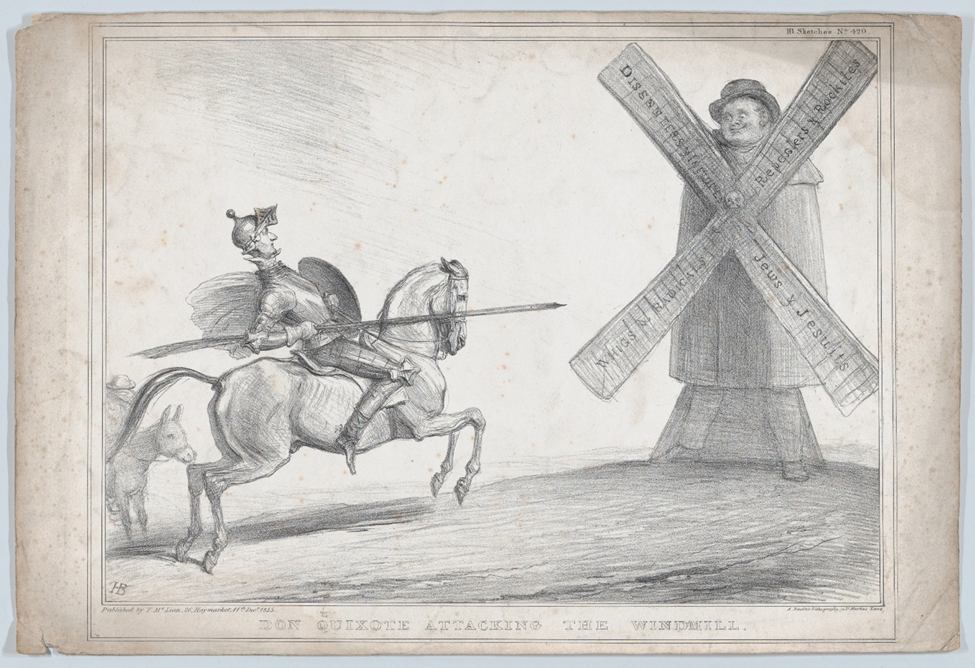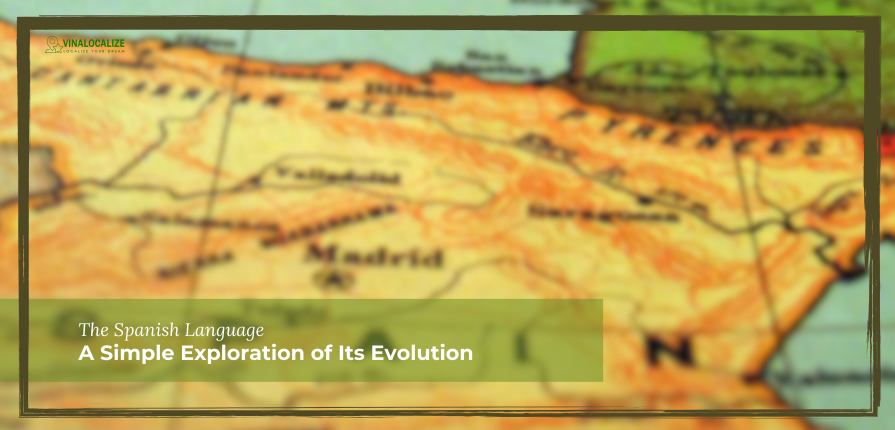The Spanish language, with its vibrant history and widespread use, has a fascinating evolution that reflects the rich tapestry of cultures and communities that have shaped it over time.
From its humble beginnings to its current global presence, the journey of Spanish is a story of growth, adaptation, and connection.
The Spanish Language – A brief history of the language’s evolution
Origins and Roots
Spanish traces its roots back to the Iberian Peninsula. Here, it emerged from the Vulgar Latin spoken by the diverse communities in the region. Over time, this evolving form of Latin mixed with influences from various cultures, including Visigoths and Moors. As a result, Old Spanish began to take shape. This showcased the linguistic interplay that characterized the early stages of the language.
Medieval Expansion
During the medieval period, the Spanish language expanded its reach as the Reconquista reclaimed territories from Moorish rule. With the Christian kingdoms gaining ground, so did the influence of the Castilian dialect. These factors played a significant role in the standardization of the language. The emergence of literary works like the Cantar de Mio Cid highlighted the growing importance of Spanish as a means of expression.
The Golden Age
The Golden Age of Spanish literature in the 16th and 17th centuries marked a pinnacle in the language’s development. Influential writers like Cervantes, with his iconic work Don Quixote, contributed to the standardization of Spanish grammar and vocabulary. This era solidified Spanish as a literary language and helped shape its modern form.

Colonial Expansion and Diverse Influences
Spanish colonial expansion in the Americas had a profound impact on the language. The encounter with indigenous languages and cultures, as well as the importation of words from Native American languages, led to a rich fusion that is evident in modern Spanish. The language absorbed new terms for foods, animals, and cultural practices, creating a unique blend that reflects the diverse heritage of Spanish speakers.
Language Simplification and Modernization
As Spanish continued to spread globally, especially in the Americas, certain linguistic simplifications occurred. These changes, often simplify verb conjugations as well as dropping complex forms. They contributed to a more accessible and user-friendly language. Modern Spanish retains its elegance while embracing a simpler structure, making it approachable for learners around the world.
Influence of Digital Communication
In the 21st century, the advent of digital communication has further influenced the evolution of Spanish. The internet and social media have facilitated real-time interactions, hence leading to the incorporation of new words and expressions into everyday language. Spanish speakers around the world engage in online conversations, contributing to the language’s ongoing adaptation to the digital age.
Globalization and Standardization
The global spread of Spanish, not only as a result of historical colonization but also due to economic and cultural globalization, has led to a degree of standardization. While regional dialects and variations persist, a standardized form of Spanish, often referred to as “neutral” Spanish, is commonly used in media, business, and international communication. This standardization thus enhances mutual understanding among Spanish speakers from different regions.
Conclusion
The evolution of the Spanish language is a testament to its adaptability as well as the diverse communities that have embraced it over the centuries. From its humble beginnings on the Iberian Peninsula to its current status as a global language, Spanish has retained its essence while absorbing influences from various cultures.
Today, Spanish stands as a bridge that connects people across borders. Whether spoken in the streets of Madrid or the neighborhoods of Latin America, it serves as a unifying force in diverse communities. The language embodies a shared linguistic heritage that continues to evolve.
Excited to learn more about the history of languages all over the world? Follow VINALOCALIZE for more!



